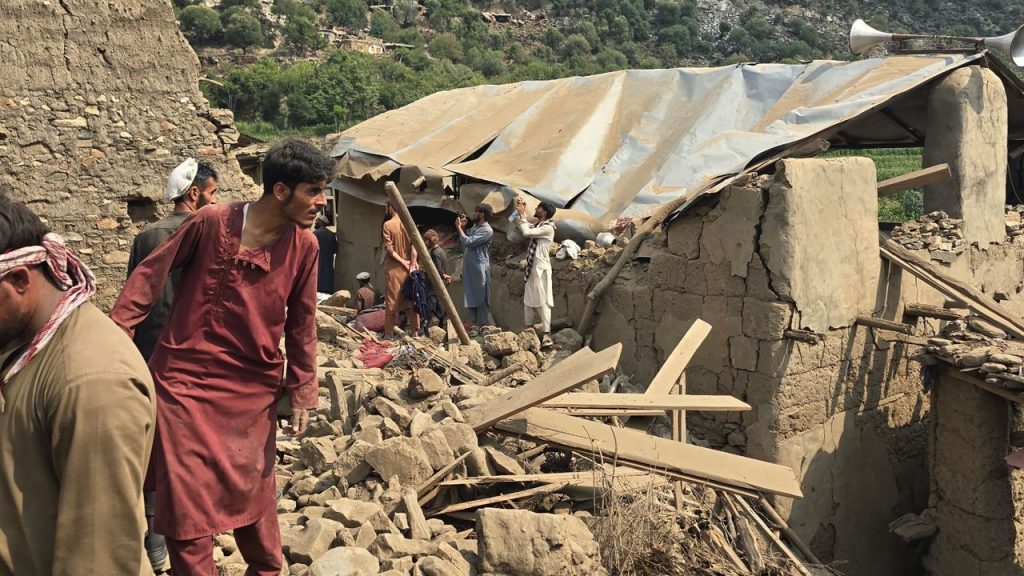Aftershocks continue to strike Afghanistan following a magnitude 6.0 earthquake that killed over 2,200 people, hampering rescue operations and relief efforts.

Devastating Earthquake Strikes Afghanistan
Afghanistan is grappling with catastrophic destruction after a powerful magnitude 6.0 earthquake struck over the weekend, claiming the lives of more than 2,200 people. Thousands more have been injured, and widespread damage to homes, infrastructure, and essential services has left communities struggling to survive.
Rescue crews are working tirelessly amid chaotic conditions, as the disaster has overwhelmed local authorities and humanitarian organizations. Roads blocked by landslides and collapsed buildings have complicated efforts to reach survivors.
Aftershocks Hampering Relief Efforts
Officials report that aftershocks following the initial quake are further endangering communities and rescue operations. These tremors have caused additional collapses and injuries, making already perilous conditions even worse for both civilians and emergency responders.
“The aftershocks are relentless,” said a spokesperson for Afghanistan’s National Disaster Management Authority (ANDMA). “They are slowing down rescue operations and creating a high-risk environment for everyone involved.”
Humanitarian Crisis Escalates
The earthquake has triggered a humanitarian emergency. Thousands are now homeless, and relief agencies warn of shortages in food, water, and medical supplies. Hospitals in affected regions are overwhelmed, with limited capacity to treat the injured.
International organizations, including the United Nations and Red Crescent, are calling for urgent support. Aid workers face logistical challenges, with remote villages cut off and infrastructure severely damaged.
Government and International Response
The Afghan government has mobilized emergency teams and called for international assistance. Neighboring countries and global humanitarian organizations are preparing emergency shipments of food, tents, medical supplies, and rescue equipment.
“The scale of this disaster is immense,” said a UN official. “Immediate and coordinated aid is essential to prevent further loss of life.”
Community Impact and Recovery
Entire villages have been flattened, leaving families searching through rubble for loved ones. Survivors face not only physical injuries but also trauma from the quake and aftershocks. Schools and community centers have been destroyed, disrupting normal life for thousands of children.
Experts warn that recovery could take months or even years, as Afghanistan faces ongoing challenges with infrastructure, poverty, and political instability.
Global Solidarity and Support
Countries around the world have expressed condolences and pledged aid, emphasizing the need for swift humanitarian assistance. Donations and volunteer support are critical to address the immediate needs of survivors, including emergency shelter, food distribution, and medical care.
The international community is also emphasizing long-term reconstruction, highlighting the importance of building earthquake-resistant housing and resilient infrastructure to mitigate future disasters.
Looking Ahead
With aftershocks continuing, rescue teams remain on high alert, and authorities are urging civilians to stay in safe, open areas whenever possible. Coordinated disaster relief efforts remain the top priority, as every hour counts in saving lives.
The Afghanistan earthquake stands as a stark reminder of the region’s vulnerability to natural disasters and the urgent need for preparedness, rapid response, and international support.







Comments are closed.